What Was Hidden About a Man-Made Disaster That Was Worse Than Chernobyl
It has been almost four decades since the fateful day when the unsuspecting residents of Bhopal, India found themselves in the midst of the most severe industrial disaster in history. Plumes of toxic smoke rained down as several tens of tons of methyl isocyanate rose into the atmosphere. Within just a couple of days, almost 20 thousand people lost their lives, while over half a million others were left disabled. The consequences of this tragedy continue to be felt to this day, making it surpass both Chernobyl and Fukushima in terms of its scale.
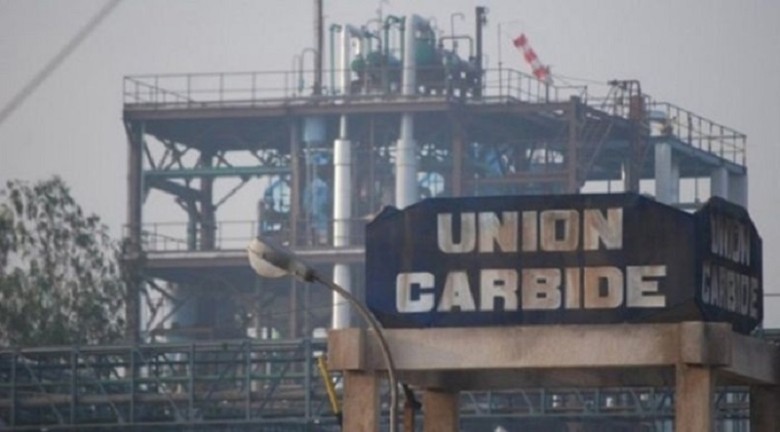
In 1979, the Indian branch of the American chemical giant Union Carbide made a critical decision to expand their plant in Bhopal. The new facility would focus on producing methyl isocyanate, a highly toxic and lethal substance, which is also a crucial ingredient in the company's pesticide products.
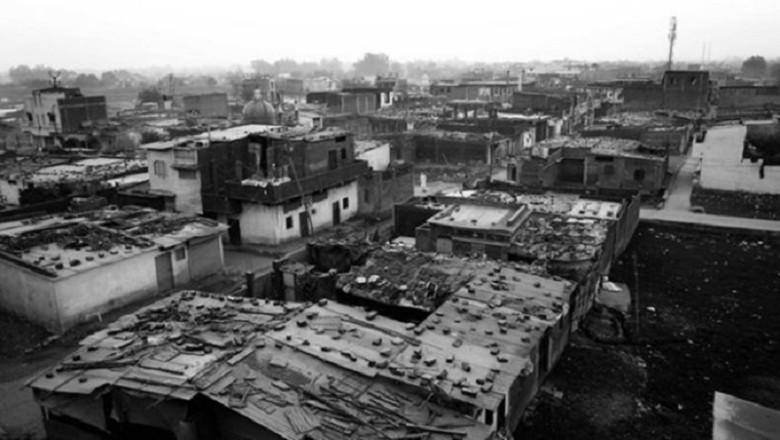
Initially, the local population welcomed the arrival of new jobs and stable wages, leading to the spontaneous growth of residential slums around the plant. However, nobody could have anticipated the horrifying fate that awaited them.
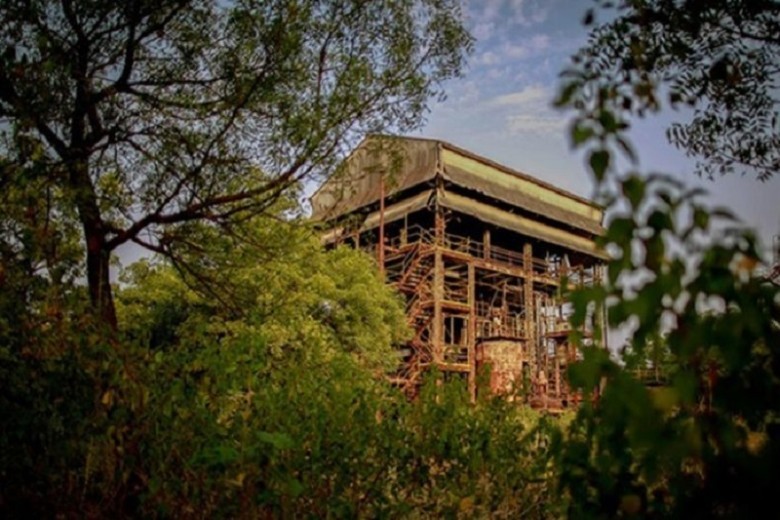
In 1981, a tragic incident served as a dark omen for the future disaster. One of the workers accidentally inhaled phosgene, a poisonous chemical that was a key component of the plant's products, notorious for its use in gas attacks during World War I. Despite this incident, management ignored any safety concerns and blamed the worker for not following regulations, effectively suppressing the truth. Similar incidents occurred at the plant, but authorities continuously concealed everything.

By 1984, Union Carbide faced a declining local demand for their pesticides, which led to a reduction in the workforce and a lax approach to safety in order to save money. On the night of December 2-3, criminal negligence resulted in a catastrophe of unimaginable proportions - a catastrophe that, if the world knew the full truth about, would shock everyone.
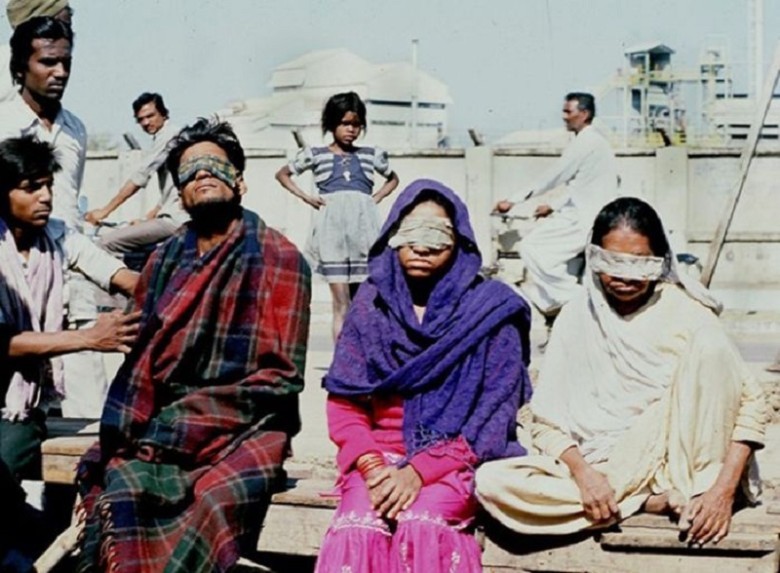
During routine pipe cleaning, an equipment malfunction and lack of proper instruments caused a water leak, triggering a chain reaction due to corrosion and contamination. Thousands of toxic gases were released into the atmosphere, creating a cloud that engulfed the sleeping city.

Survivors recounted feeling as if their insides had been filled with red chili peppers. Burning eyes, oozing mucus from the nose, and foam coming from the mouth were just some of the symptoms experienced. People choked, coughed, and writhed in excruciating pain as the deadly smog invaded every cell of their bodies. Those who didn't perish at home were trampled in a horrific stampede that ensued in panic. Within three days, the death toll had exceeded 15 thousand people.

Outrage quickly mounted against the company and its safety practices, with the Indian government taking action on behalf of the victims. They demanded $3.3 billion in compensation. After years of legal battles, only $470 million was paid, which feels like a cynical mockery given that the consequences of the disaster persist to this day. Descendants of survivors continue to experience health problems, and the birth of sick children is an ongoing issue.
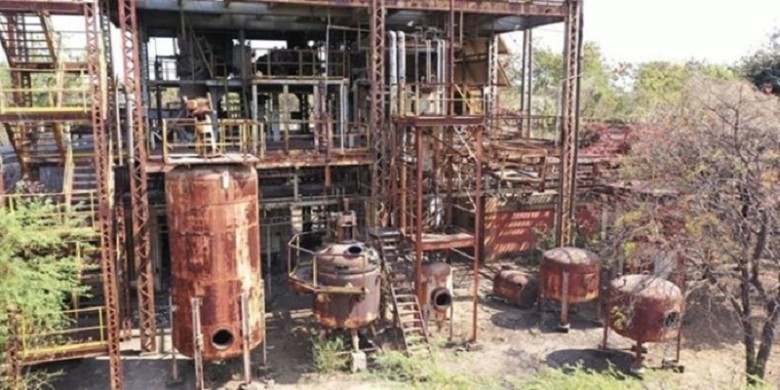
The plant itself was eventually shut down, left to decay for decades. The rusting monster stands as a haunting reminder of the nightmares endured by the people of Bhopal. The director of Union Carbide, who was arrested shortly after the tragedy, was released on bail and fled back to the United States. He enjoyed a quiet and prosperous life in New York until his death in 2014 at the age of 92.
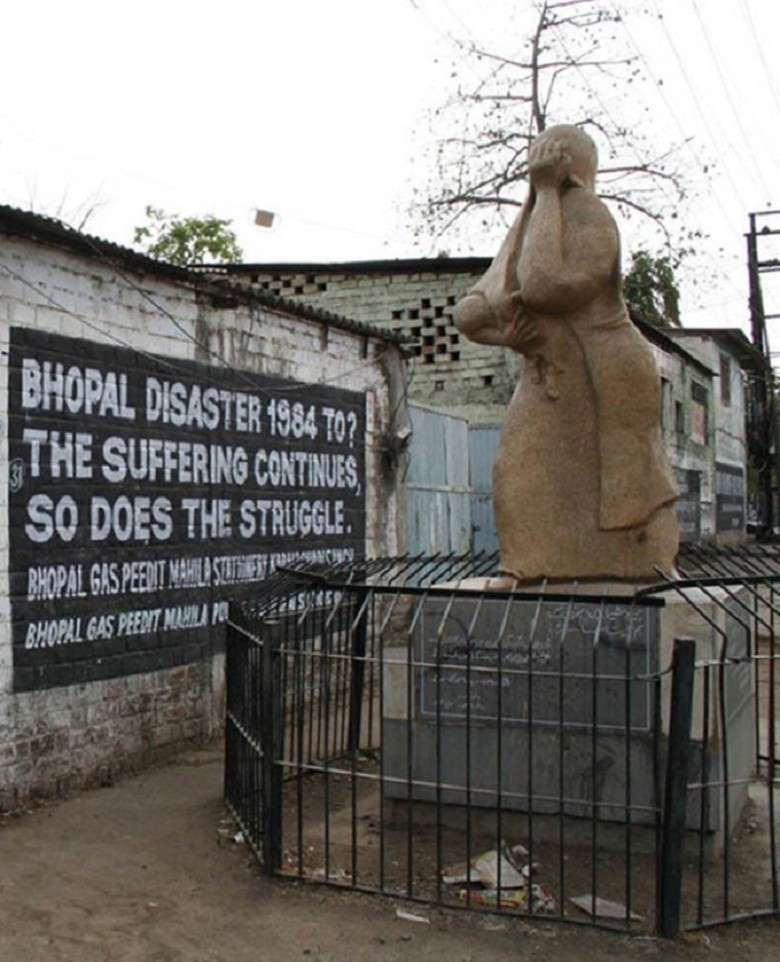
For many decades, Bhopal has become a breeding ground for death. Cancer cases, sick and deceased children, frequent miscarriages, and neurological problems continue to plague the region. Furthermore, it has been discovered that even before the tragedy, the area was heavily contaminated with toxins from the abandoned plant. Tests show dangerously high levels of mercury and toxic chemicals, such as chloroform, in the local water supplies. These findings further cement the fact that the man-made disaster in Bhopal stands as the worst in the world.
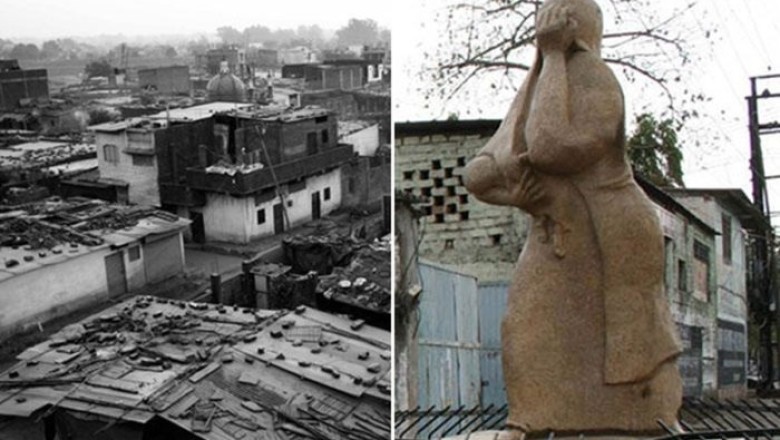













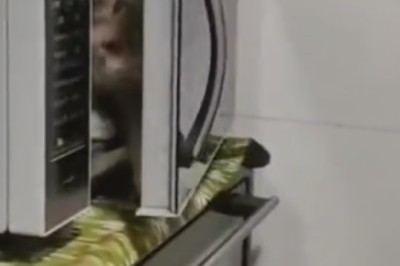



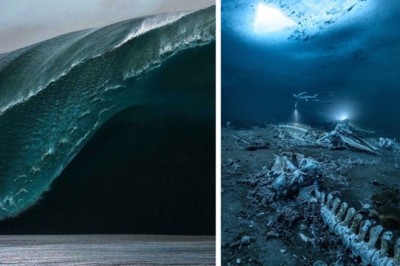
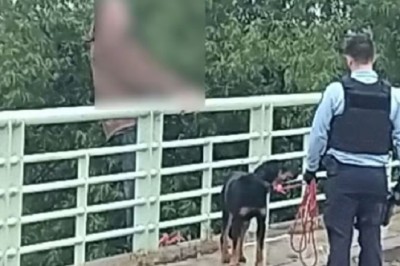


Comments
0 comment